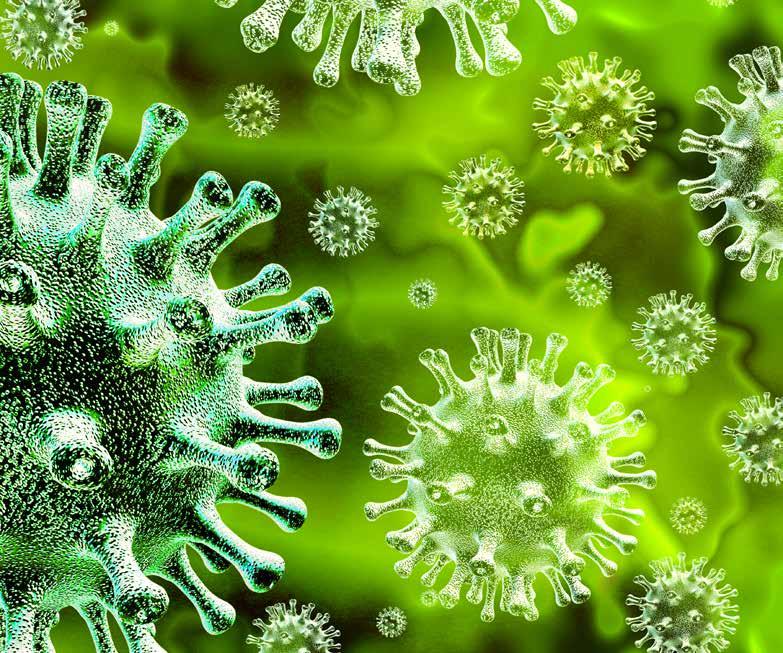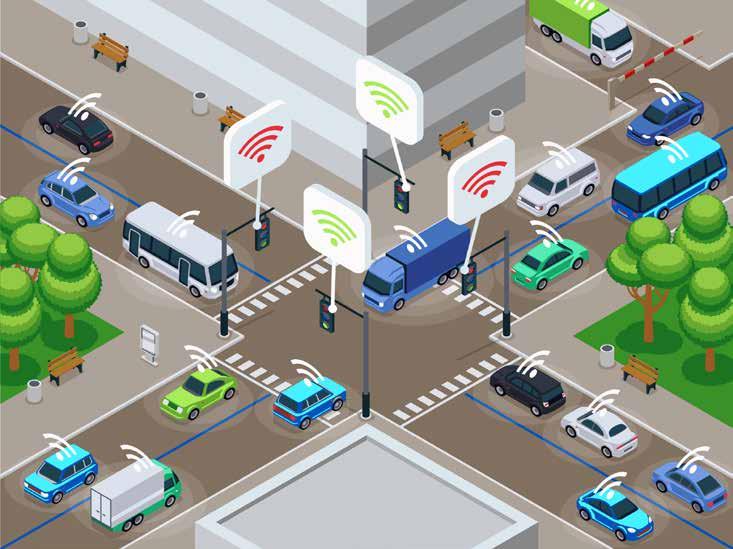
4 minute read
Possible consequences of COVID-19 scenarios on India’s overall outlook
Of the four scenarios discussed in the previous section, we believe that one of Scenarios 2 or 4 – The ‘U-Curve’ and the ‘W-Curve’ are most probable to materialise in the overall Indian context. In other words, the government may look to boost the measures it has taken to support the economy through appropriate policy interventions and adequate stimuli, if the contagion continues to spread and affect larger sections of the society relentlessly. This section narrates the ‘scenario stories’ that are likely to emerge.
The U-Curve: The pandemic continues to spread globally, but robust healthcare systems are able to ‘flatten the curve’ in several countries. Movement restrictions remain stringent until the end of 2020, with varying degrees of relaxation introduced for different businesses, with strict directives to maintain hygiene and social distancing norms. The impact of the pandemic will remain for over two years, with tenuous recovery beginning only in FY2022, and remaining modest for the next four quarters. Across the globe, the recovery is unsynchronised with the Asian economies recovering faster.
Advertisement
Global supply chain disruptions cause stress on several industries that depend on imported raw materials, with some shortages lasting for over six quarters before seeing any signs of recovery. The most affected industries are likely to see prolonged liquidity crunch, restricted working capital, and reduction in production capacity due to withdrawal by investors. This may result in several businesses filing for bankruptcy, necessitating intervention by the government in the form of additional stimulus.
On the demand side, high unemployment, increased household debt, and lengthier lockdowns continue to impact consumer demand for goods and services, with most consumers putting off big-ticket purchases such as automobiles and home renovations for the long term. Even after the pandemic dissipates, consumers are wary of major expenses and instead opt to increase their savings, a reversal from the trend observed in India during 2018-2019. Pent-up demand is likely to break-through eventually, reviving well after mid-FY2022.
In the financial services sector, MSMEs default in large numbers and big firms delay debt payments leading to an extreme financial crisis. As a result, capital markets shed off over a decade’s gains, and liquidity dries up in short-term money market. Several small banks liquidate as the money market goes dry and margins fall, while a few choose to consolidate with larger banks. Reduction in policy rates to maintain liquidity leads to inflationary pressures coinciding with a rise in pent-up demand. Overall, the country sees tepid growth for
the next 5-6 quarters, after which it slowly heads towards the pre-COVID growth trajectory.
The W-Curve: The pandemic continues to spread globally for a prolonged period with recurrent waves of infection observed in many countries. Movement restrictions continue to remain stringent, with major ‘hotspots’ locked down for over two quarters with varying degrees of restriction. Businesses gradually resume operations in a phased manner, with continued emphasis on ensuring high standards of hygiene at workplaces. The impact of the ongoing slowdown is felt for the next three to four quarters, with recovery observed from FY2022. There is a high likelihood of the pandemic recurring after a short period of remission. However, its impact is largely mitigated by better preparation and robust contingency plans by all stakeholders – the government, the businesses, and the public. Full-fledged and synchronised global recovery is seen from Q3 FY2022, as governments across the world enforce decisive policies to effectively ‘flatten the curve’ and minimise the impact on the economy.
As China takes time to revive production, supply chain disruptions cause stress on several industries that are dependent on Chinese imports. This results in an opportunity for others, who look to build capabilities to indigenise
production, reduce import dependence, and in fact present the world with an alternative source for products. For this to materialise, however, industries and the government need to collaborate to set up the required infrastructure. Several industries endure severe slowdown and liquidity crunch for about three to four quarters. However, the government, which plays a proactive role in enabling smooth running of the economy, bails out/ supports these industries through timely macro- and micro-interventions.
On the demand side, high unemployment, piling household debt and lengthy lockdowns affect consumer spending until the end of 2020. There is a lag of three to four months in demand recovery after the removal of restrictions as people remain in fear of falling sick. As a result, spending picks up in early FY 2022, largely driven by pent-up demand, and recovers to near-2019 levels by mid-FY2022
In the financial services sector, poor credit demand and collections results in worsening of Indian banks’ balance sheet, with non-performing assets jumping up to double digits. However, stress on the sector starts reducing after policy interventions and financial stimulus help augment demand and aid recovery of manufacturing industries. As a result, the
first wave of economic recovery begins in three to four
quarters, potentially followed by a longer, but less painful




